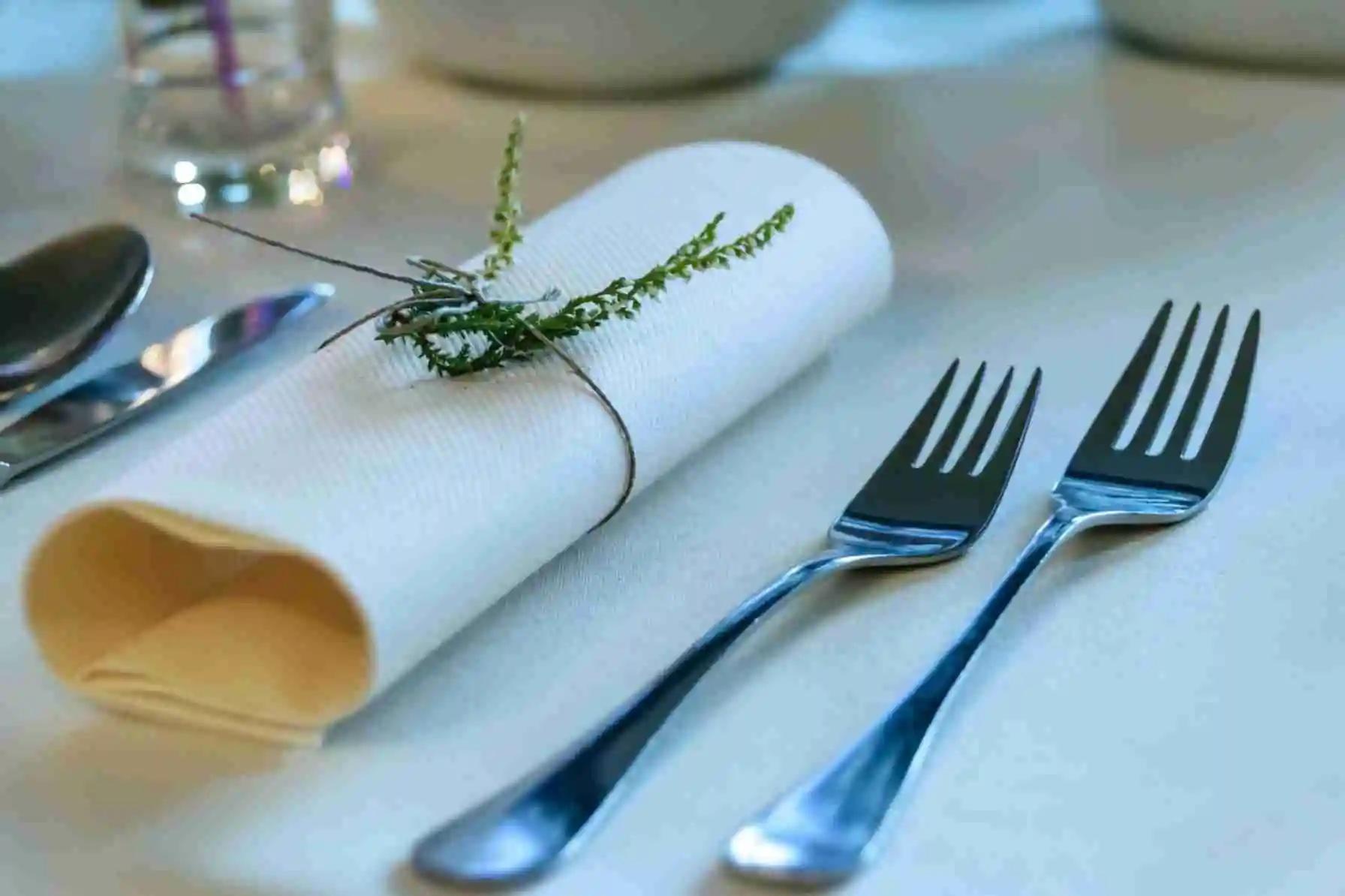

Tableware
Where Do You Place The Salad Fork?
Modified: January 6, 2024
Discover the proper placement for your salad fork and other tableware essentials. Enhance your dining etiquette and create an elegant table setting with our helpful guide.
(Many of the links in this article redirect to a specific reviewed product. Your purchase of these products through affiliate links helps to generate commission for Storables.com, at no extra cost. Learn more)
Introduction
When it comes to hosting a dinner party or dining at a formal event, proper table setting etiquette is of utmost importance. From the arrangement of the plates to the choice of cutlery, every detail plays a crucial role in creating an elegant and harmonious dining experience. Amongst the array of tableware, one question that often arises is, “Where do you place the salad fork?”
While it may seem like a trivial matter, understanding the correct placement of the salad fork can make a significant difference in the overall aesthetic appeal and efficiency of the table setting. Whether you are a seasoned host or a dining enthusiast looking to expand your knowledge, this article will guide you through the ins and outs of salad fork placement, taking into account both traditional and modern approaches.
So, let’s delve into the world of tableware etiquette and discover the optimal positioning for the salad fork.
Key Takeaways:
- Traditional placement of the salad fork to the left of the main course fork adds elegance and ensures a smooth flow during the meal, reflecting respect for dining customs and attention to detail.
- Modern approaches offer creative options such as placing the salad fork on the salad plate or using holders, prioritizing convenience and visual appeal while maintaining functionality and personal style.
Importance of Table Setting Etiquette
Table setting etiquette extends far beyond mere aesthetics. It serves as a reflection of one’s personal style, attention to detail, and respect for the occasion and the guests. Proper table setting etiquette not only enhances the visual appeal of the dining experience but also ensures a smooth and efficient flow of the meal.
By adhering to table setting etiquette, hosts and diners create a welcoming and comfortable environment for all participants. It sets the tone for the event and helps establish a sense of order and sophistication. Whether it is a formal dinner party, a business luncheon, or a family gathering, mastering the art of table setting etiquette is a valuable skill that leaves a lasting impression.
Moreover, table setting etiquette contributes to the overall enjoyment of the meal. Precise placement of utensils allows diners to navigate through the different courses effortlessly. It eliminates confusion and fosters a relaxed dining experience, whether it’s soup, salad, or a main course.
Additionally, understanding table setting etiquette helps to communicate non-verbally with guests. The arrangement of the tableware sends subtle signals about the progression of the meal and facilitates smooth communication between the host and diners. It creates a sense of harmony and cohesion, fostering a positive and memorable dining experience.
Overall, table setting etiquette is not just about following rules; it is a form of art and expression. It showcases your respect for tradition, attention to detail, and consideration for others. Mastering this skill allows you to navigate any dining situation with confidence and grace while creating an ambiance that elevates both the food and the company.
Overview of Place Setting
Before we dive into the specific placement of the salad fork, let’s start with a brief overview of a typical place setting. A proper table setting consists of various components, including plates, glassware, and cutlery. Understanding the layout and arrangement of these elements is essential for creating an elegant and organized table.
In a formal place setting, each diner is provided with a set of plates, including a dinner plate, a salad plate, and a bread plate. The dinner plate is placed squarely in the center, while the smaller salad plate is positioned slightly above and to the left of the dinner plate. The bread plate, often accompanied by a butter knife, is placed slightly above and to the left of the salad plate.
Next, we have the glassware. Traditionally, there are two types of glasses – a water glass and a wine glass. The water glass is placed above the knives, slightly to the right. If wine is being served, the wine glass is positioned to the right of the water glass.
Now, let’s move on to the cutlery. The arrangement of cutlery can vary depending on the number of courses being served, but a common setup includes a set of forks on the left-hand side and a set of knives and spoons on the right-hand side. The forks are placed in order of use, with the salad fork being one of them.
It’s crucial to note that the placement of the cutlery should follow a logical progression from the outside in, according to the order of courses. This ensures that diners can easily identify the appropriate utensil to use for each dish. As we focus on the placement of the salad fork, you’ll see how it fits into this overall arrangement.
Now that we have an understanding of the basic components of a place setting, let’s delve deeper into the placement of the salad fork.
Placement of Salad Fork
When it comes to the placement of the salad fork, there are certain factors to consider to ensure proper table setting etiquette. These factors include tradition, convenience, and the flow of the meal. Let’s explore these factors in more detail to understand the optimal placement for the salad fork.
Traditionally, the salad fork is positioned to the left of the dinner plate. It is placed immediately to the left of the main course fork(s), which are typically larger in size. The salad fork is usually distinguishable by its slightly smaller size and shorter tines. This positioning allows diners to easily identify the salad fork when it comes time to enjoy the salad course and ensures that the flow of the meal feels natural and organized.
However, modern approaches to table setting etiquette also consider convenience and ease of use. In some cases, the salad fork may be placed directly on the salad plate. This placement eliminates the need for guests to navigate multiple utensils on the left-hand side of the dinner plate. It also creates a visually appealing arrangement, with the salad fork positioned neatly on top of the salad plate.
Another alternative placement is to present the salad fork alongside the salad plate, horizontally or diagonally. This choice is particularly popular when serving individual portions of salad on individual plates. Placing the salad fork alongside the plate makes it easily accessible, eliminating the need for guests to transfer the fork from the main place setting to the salad plate.
Ultimately, the placement of the salad fork is flexible and can be adapted based on the specific occasion, the style of the event, and personal preferences. It is important to ensure that the positioning is logical, easy to navigate, and visually appealing.
As you set the table for your next dinner party or festive gathering, consider the above factors and choose a placement for the salad fork that best suits the style and flow of your event. Whether you opt for the traditional left-side placement, a top-of-the-salad plate arrangement, or a horizontally presented fork, remember that the goal is to create an elegant and harmonious table setting that enhances the dining experience for all.
The salad fork is placed to the left of the dinner fork in the traditional place setting. It is usually the smallest fork and is placed closest to the plate.
Factors Influencing Salad Fork Placement
When determining the placement of the salad fork in a table setting, there are several factors to consider that can influence the decision. These factors can range from cultural customs to practical considerations. Understanding these influences will help you make an informed choice for your table setting. Let’s explore some of the key factors below:
1. Cultural Customs: Different cultures have their own unique customs and traditions when it comes to table settings. In some cultures, the salad course is served after the main course, while in others, it may be served before. Understanding the cultural norms and practices of your guests or the event you are hosting can guide you in deciding whether the salad fork should be placed to the left of the main course fork or in a different position.
2. Meal Flow: The flow of the meal is an important consideration. If the salad course is served before the main course, placing the salad fork to the left of the main course fork ensures that guests have their salad utensil readily available when it’s time to enjoy the salad. This logical arrangement enhances the dining experience and prevents any confusion or delay during the meal.
3. Practicality: Practicality and ease of use should also be taken into account. Placing the salad fork directly on the salad plate or alongside it can be more convenient for guests, eliminating the need to reach across the table to retrieve the fork from the left side. This placement also avoids potential confusion if multiple forks are present on the left side of the dinner plate.
4. Visual Appeal: The visual aspect of the table setting is another influential factor. Aesthetics often play a significant role in creating an inviting and elegant atmosphere. Consider how the placement of the salad fork contributes to the overall visual appeal of the table. Whether you choose to align the salad fork with the salad plate or position it to the left of the main course fork, strive for a balanced and visually pleasing arrangement.
5. Personal Preference: Ultimately, personal preference also plays a role in determining the placement of the salad fork. As the host, you have the flexibility to choose a placement that aligns with your own sense of style and the ambiance you wish to create. If you prefer a traditional approach, you may opt for the left-side placement. If convenience and practicality are your priorities, placing the fork on the salad plate may be more suitable. Take into account what works best for you and your guests.
Reflecting on these factors and considering the cultural context, meal flow, practicality, visual appeal, and personal preference will help guide you in deciding how to position the salad fork in your table setting. Remember that there is no one-size-fits-all answer, and it is perfectly acceptable to adapt the placement based on the specific circumstances and your own hosting style.
Read more: What Is The Divot In A Salad Fork?
Traditional Placement of Salad Fork
When it comes to the traditional placement of the salad fork, it is typically positioned on the left-hand side of the plate, alongside the other forks in the place setting. The salad fork is placed to the immediate left of the main course fork(s), which are generally larger in size. This arrangement follows a logical progression, allowing guests to easily identify the appropriate utensil for each course.
Traditionally, the salad fork is distinguishable by its slightly smaller size and shorter tines compared to the main course fork(s). The salad fork’s positioning to the left of the main course fork(s) ensures that it is easily accessible when it’s time to enjoy the salad course. This placement helps to maintain a smooth and organized flow during the meal, allowing guests to navigate between the different courses seamlessly.
Placement of the salad fork on the left side of the plate has stood the test of time and is rooted in long-standing table setting etiquette traditions. It has become a well-established convention in formal dining settings and is often adhered to when hosting elegant events or following a more traditional approach.
By adhering to the traditional placement of the salad fork, hosts can demonstrate their attention to detail and respect for established dining customs. This adherence to tradition creates a sense of elegance and sophistication, enhancing the overall dining experience for guests.
However, it is important to note that while the traditional placement is widely accepted, it is not mandatory. Modern approaches to table setting etiquette allow for flexibility and creativity in the placement of tableware based on individual preferences and the specific event or occasion being hosted.
Now that we’ve explored the traditional placement of the salad fork, let’s delve into some modern approaches to salad fork placement that offer alternative options for creating a stylish and functional table setting.
Modern Approaches to Salad Fork Placement
While the traditional placement of the salad fork to the left of the plate is still widely practiced, modern approaches to table setting etiquette offer alternative options for salad fork placement. These contemporary approaches prioritize convenience, aesthetics, and practicality. Let’s explore some of these modern approaches:
1. Placing the Salad Fork on the Salad Plate: One modern approach is to position the salad fork directly on the salad plate. This placement eliminates the need for guests to navigate multiple utensils on the left side of the dinner plate. The salad fork is presented neatly on top of the salad plate, creating a visually appealing arrangement. This placement is convenient and ensures that guests have their salad utensil readily available when it’s time to enjoy the salad course.
2. Presenting the Salad Fork Horizontally or Diagonally: Another modern option is to present the salad fork alongside the salad plate, horizontally or diagonally. This placement is particularly popular when serving individual portions of salad on individual plates. Placing the salad fork horizontally or diagonally next to the plate makes it easily accessible, eliminating the need for guests to transfer the fork from the main place setting to the salad plate. This approach creates an aesthetically pleasing and functional arrangement.
3. Considering a Salad Fork Holder: An innovative option for salad fork placement is to use a salad fork holder. These small accessories can be placed on the table or next to each individual’s plate, holding the salad fork securely. Salad fork holders not only provide a designated spot for the utensil but also add a touch of elegance to the table setting. This modern approach ensures that the salad fork remains easily accessible throughout the meal, adding both practicality and visual appeal.
4. Customizing Placement Based on Occasion: Modern approaches to table setting etiquette also allow for customization based on the occasion or personal preference. For informal gatherings or casual events, some hosts may choose to place the salad fork on the right side of the plate, next to the other utensils. This placement deviates from traditional norms but can create a more relaxed and informal atmosphere.
Ultimately, the choice of salad fork placement in a modern table setting depends on a host’s style, the nature of the event, and personal preferences. Whether you opt for the traditional left-side placement, the innovative approach of placing it on the salad plate, a horizontal or diagonal arrangement next to the plate, or even utilizing a salad fork holder, the key is to strike a balance between functionality and aesthetics while ensuring a comfortable and enjoyable dining experience for your guests.
As you explore these modern approaches, feel free to experiment and find the solution that best suits your hosting style and the overall ambiance you wish to create.
Conclusion
Mastering table setting etiquette is a skill that goes beyond simply placing plates and cutlery on a table. It is an art that reflects attention to detail, respect for tradition, and consideration for guests. When it comes to the placement of the salad fork, there are various factors to consider, from cultural customs to personal preferences.
Traditionally, the salad fork is placed to the left of the main course fork(s), ensuring a logical progression and easy identification during the meal. This traditional placement adds an element of elegance and sophistication to the table setting, showcasing your adherence to established dining customs.
However, modern approaches to table setting etiquette offer alternative options for salad fork placement. Placing the salad fork on the salad plate or next to it horizontally/diagonally provides convenience and a visually appealing arrangement. Additionally, the use of salad fork holders is a creative and stylish solution to ensure easy access to utensils throughout the meal.
As you set the table for your next event, consider the cultural context, meal flow, practicality, visual appeal, and personal preferences. Choose a placement for the salad fork that best suits the occasion and your hosting style. Remember, there is no right or wrong answer; what matters is creating an inviting and harmonious dining experience for your guests.
By paying attention to table setting etiquette, including the placement of the salad fork, you demonstrate your respect for tradition, attention to detail, and dedication to providing a memorable dining experience. Whether you prefer to follow traditional norms or embrace modern approaches, the key is to create a table setting that reflects your personal style and enhances the enjoyment of the meal.
So, the next time you gather around the table with your loved ones or host a formal event, remember the significance of proper table setting etiquette and the impact it can have on the overall dining experience. And when it comes to the salad fork, feel confident in your ability to place it in a way that is both functional and visually pleasing, adding that extra touch of elegance to your table.
Frequently Asked Questions about Where Do You Place The Salad Fork?
Was this page helpful?
At Storables.com, we guarantee accurate and reliable information. Our content, validated by Expert Board Contributors, is crafted following stringent Editorial Policies. We're committed to providing you with well-researched, expert-backed insights for all your informational needs.
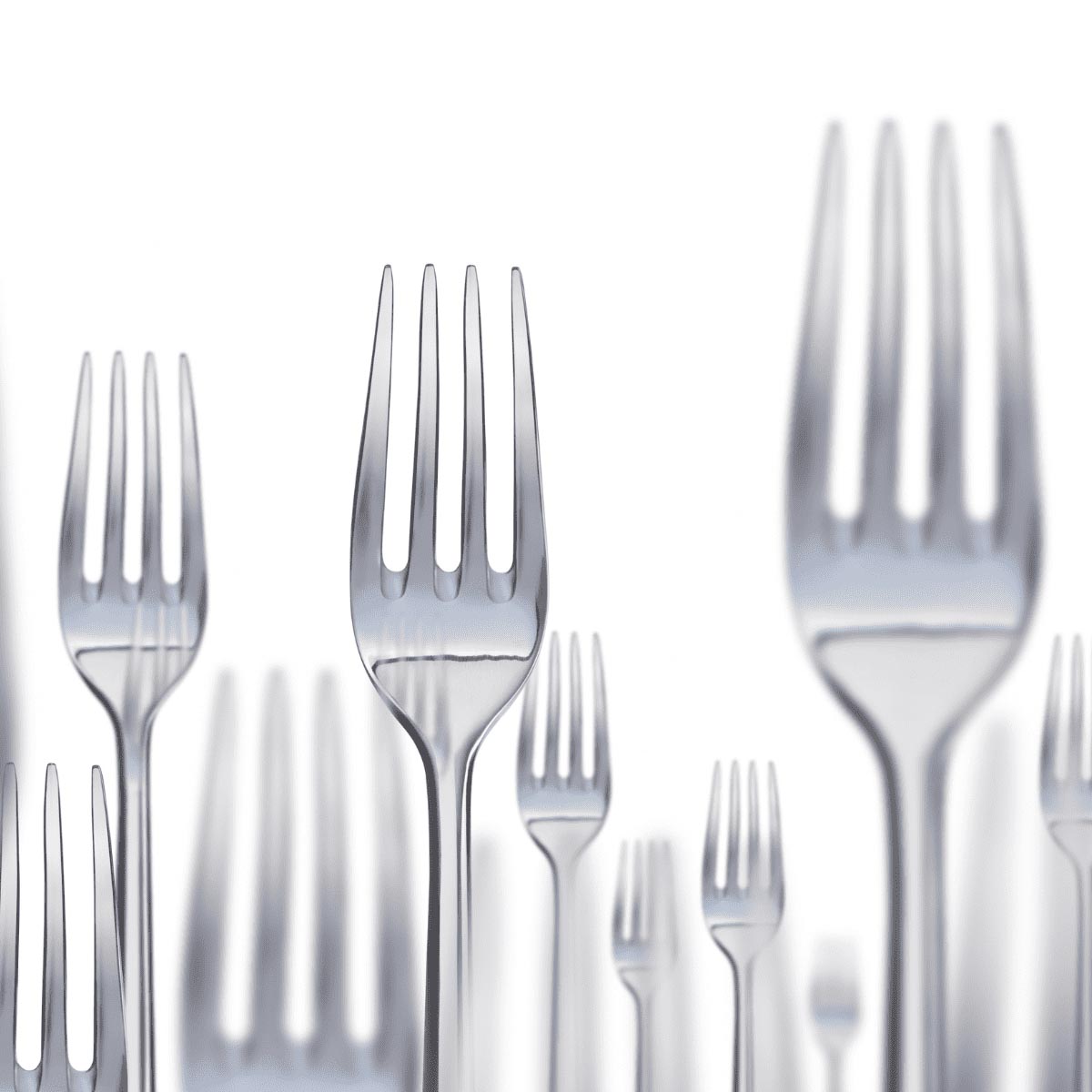
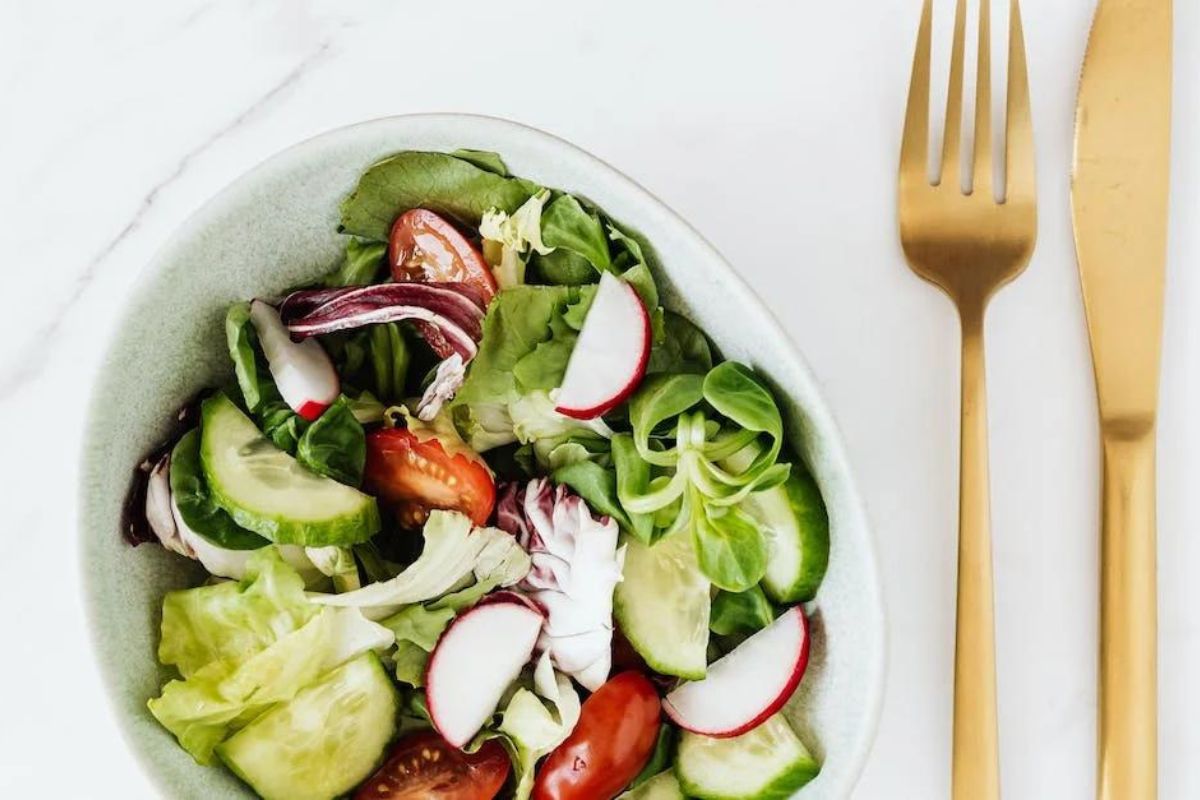
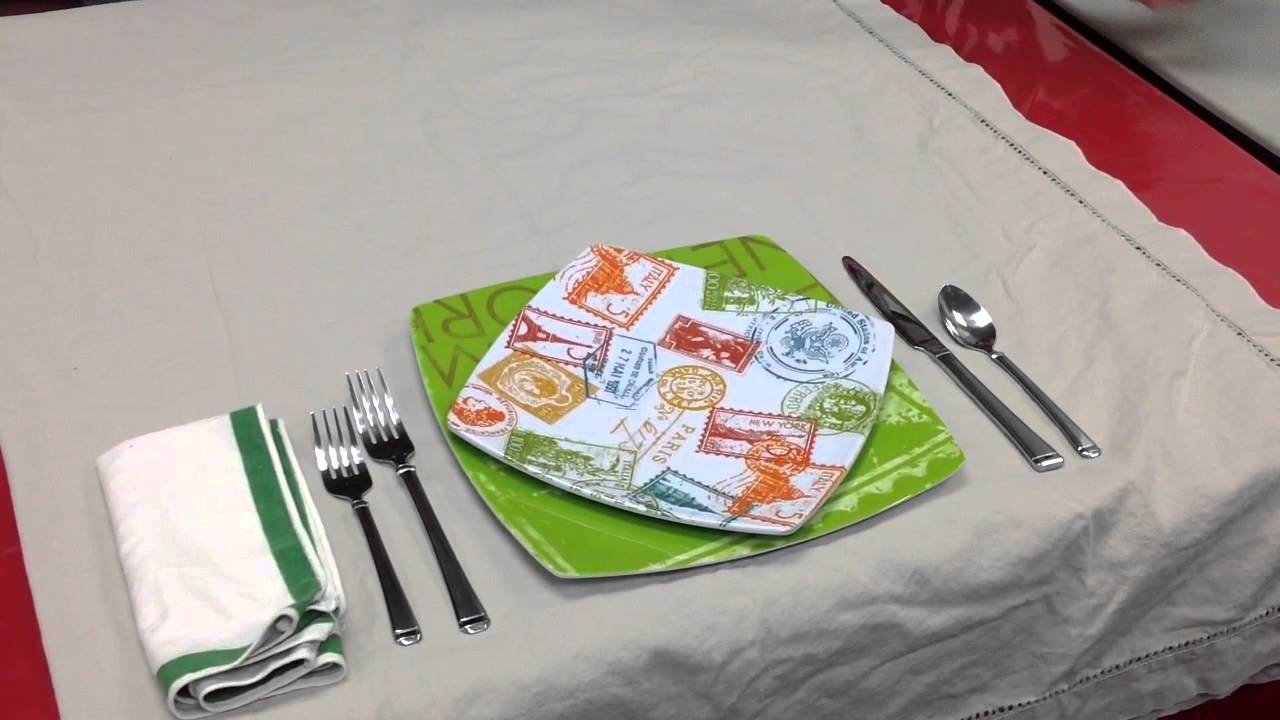
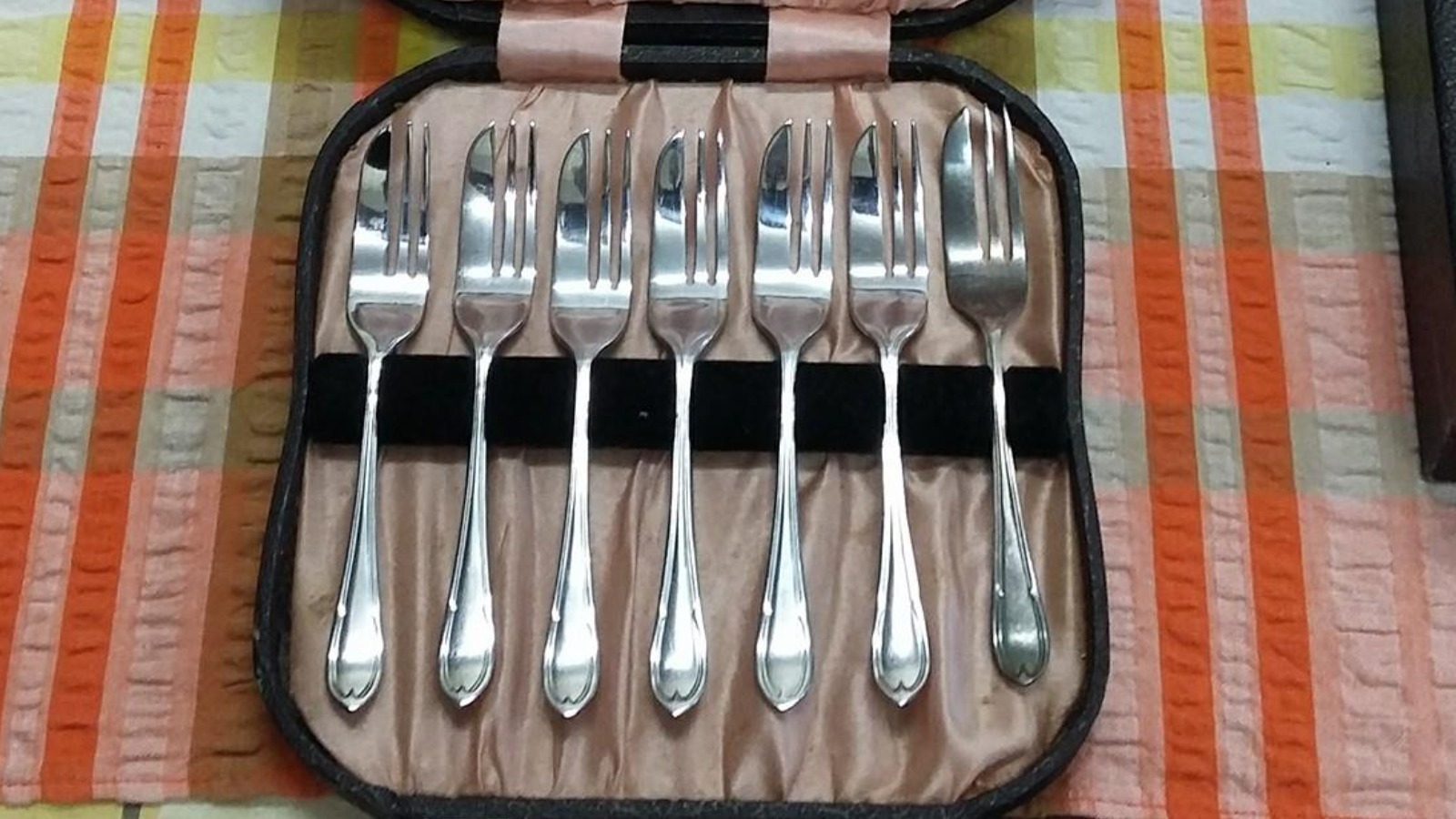
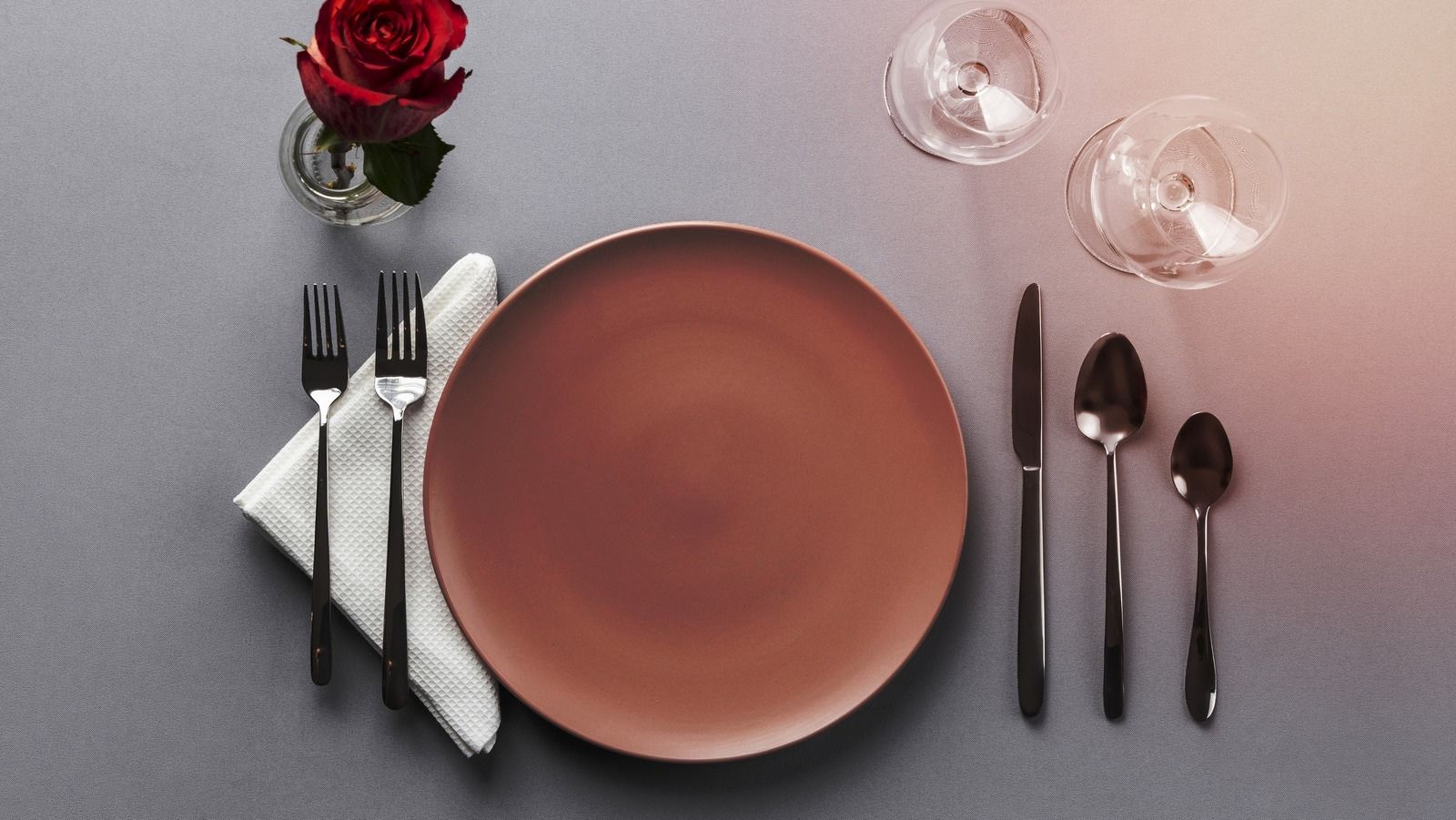
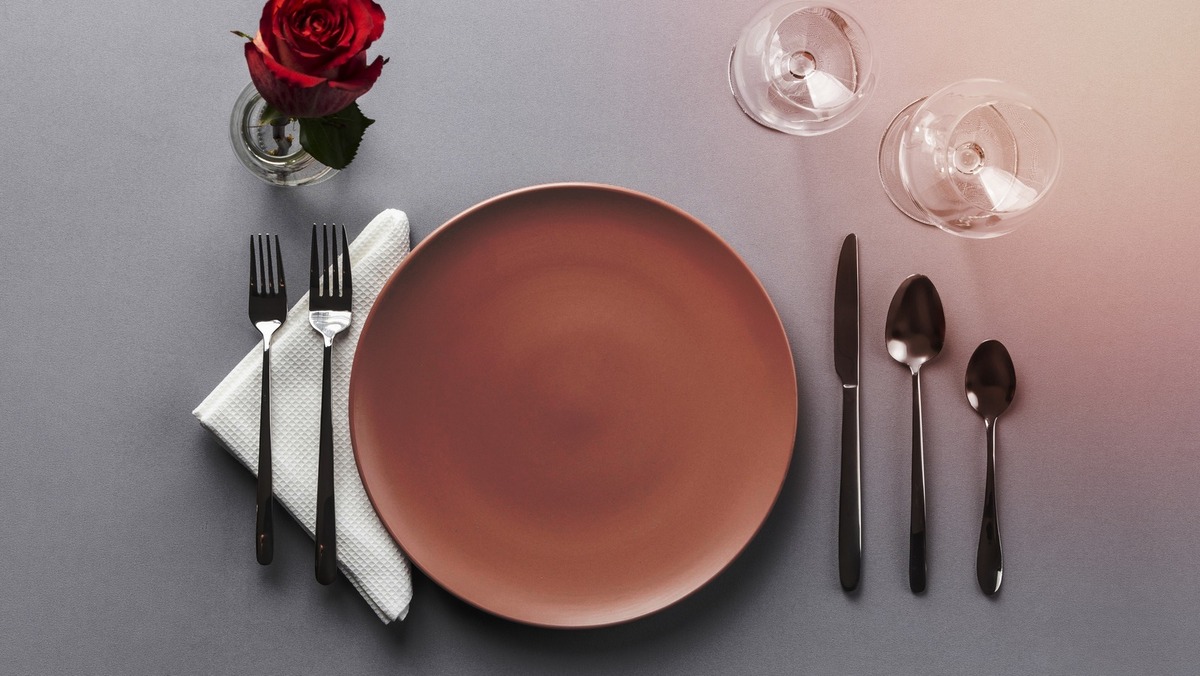
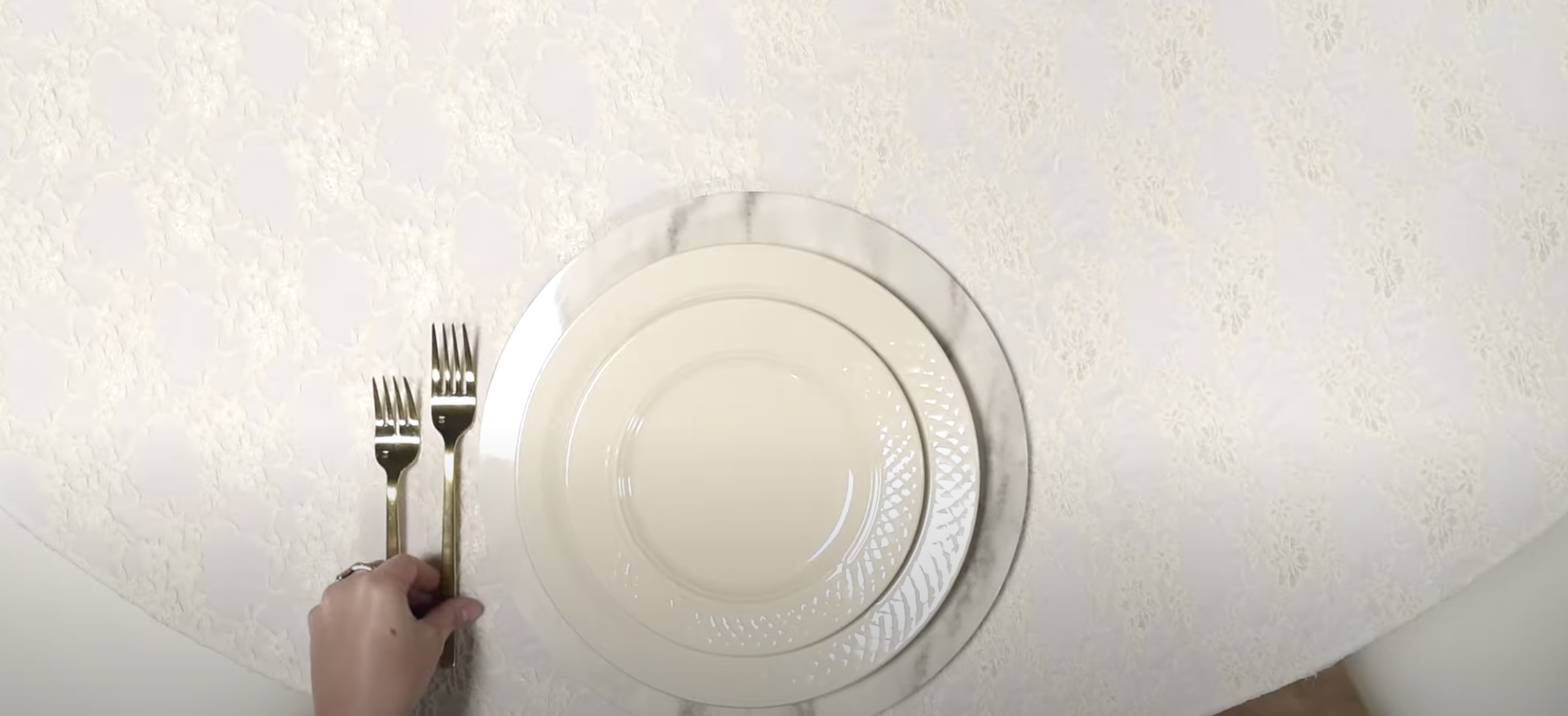
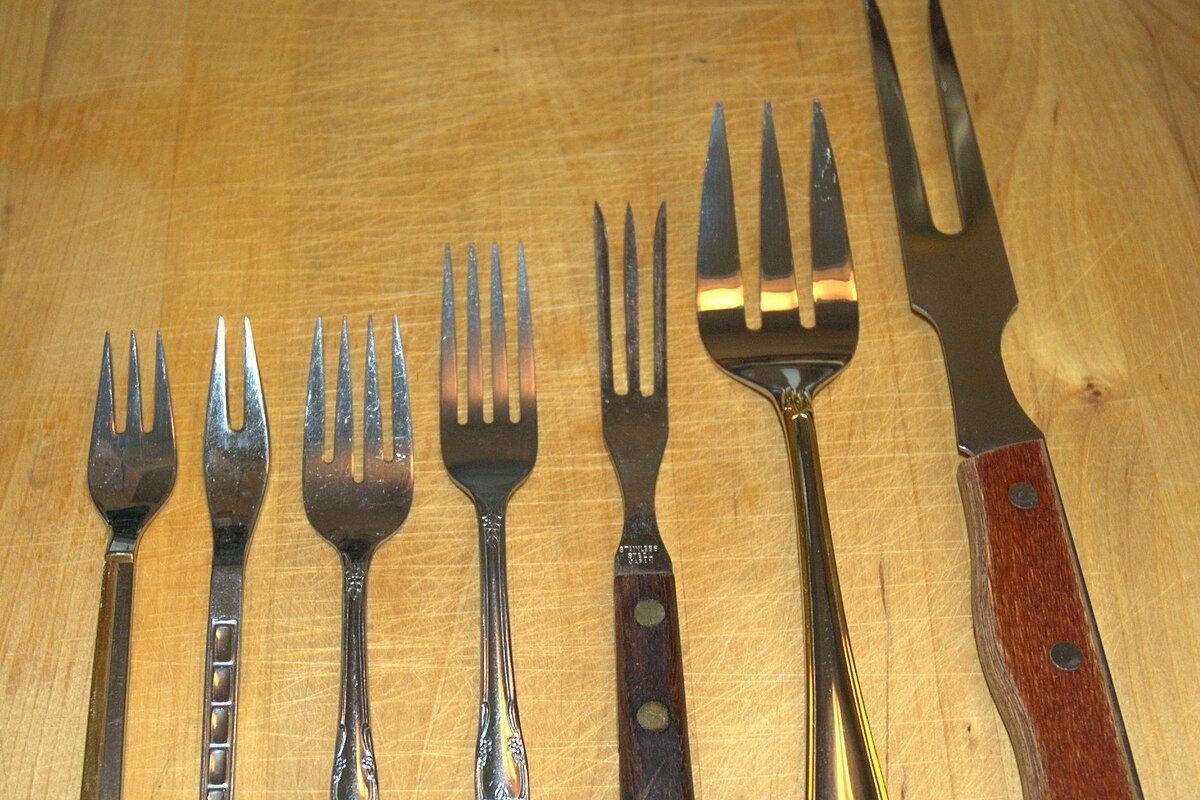



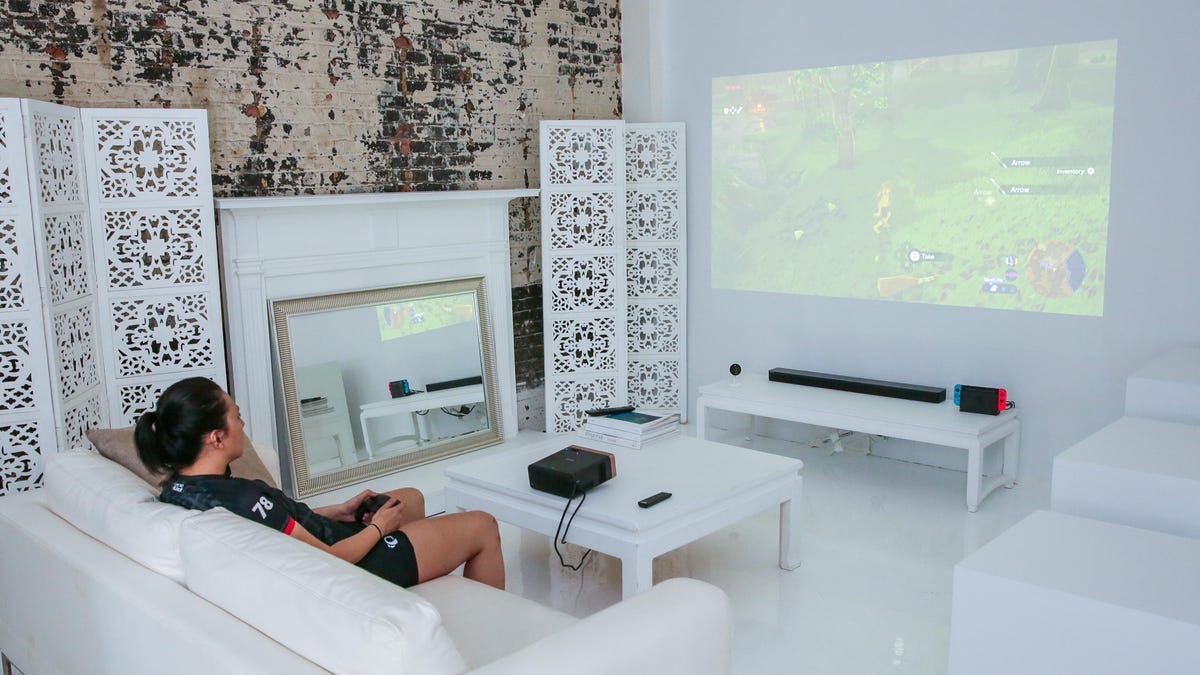

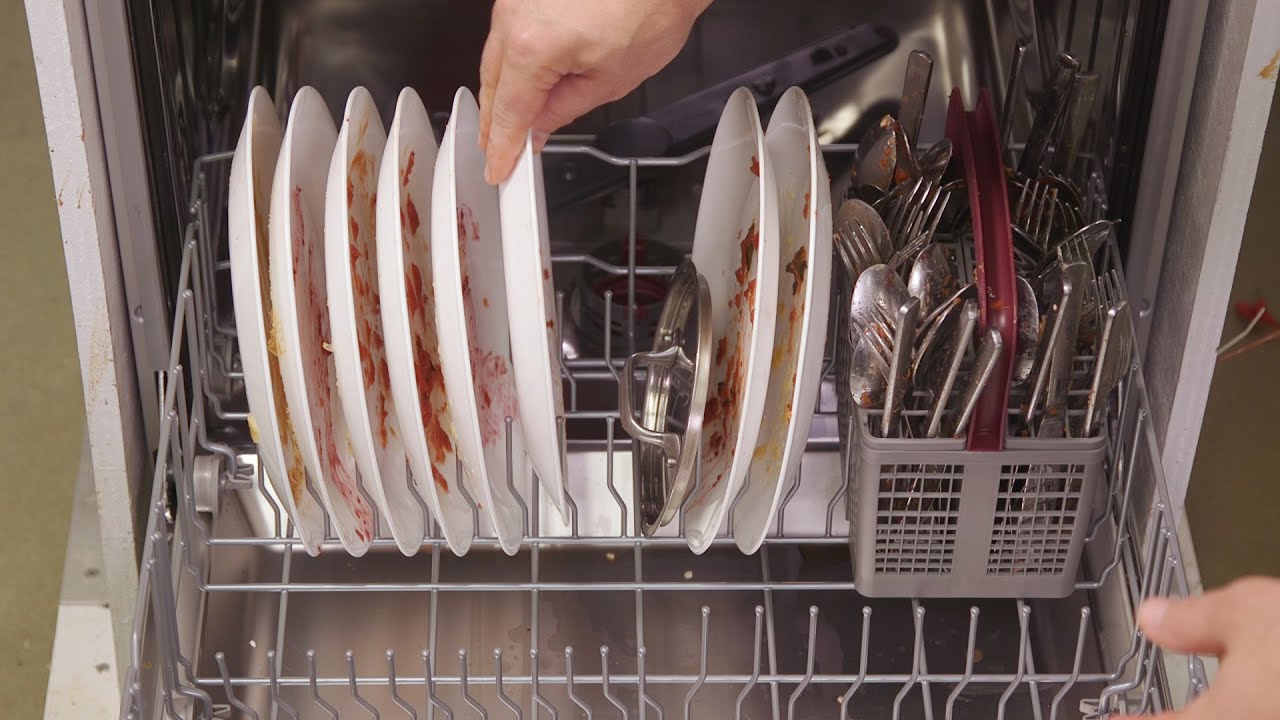

0 thoughts on “Where Do You Place The Salad Fork?”